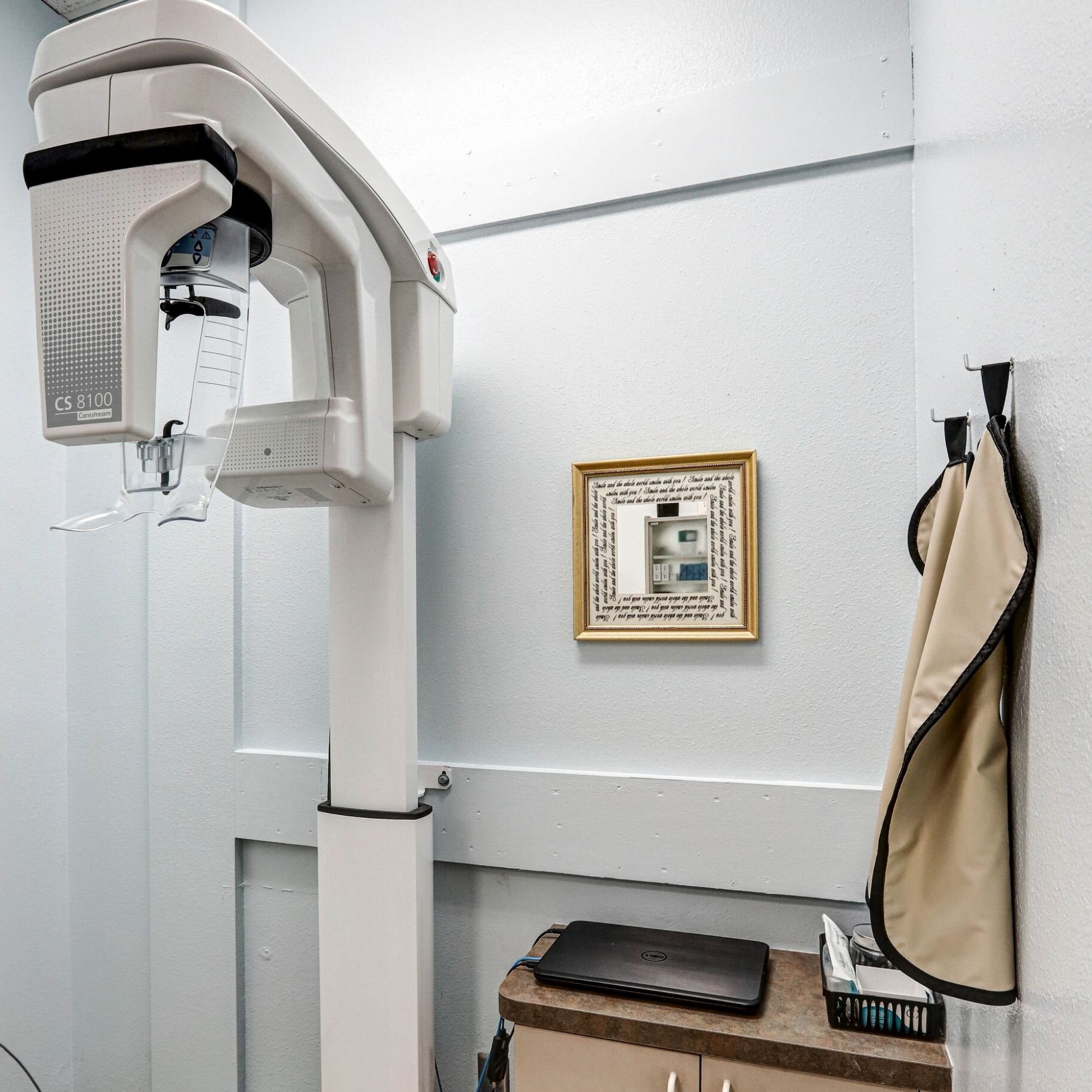Tooth Sensitivity After a Filling
Cavities or tooth decay are the damaged areas in the teeth that develop into a hole or a tiny opening. If left untreated, the small holes gradually become bigger. A dental filling is one of the most common procedures to treat cavities, where a dentist first cleans the decay from the tooth and then fills it with materials like gold, silver amalgam, porcelain, or composite. While fillings are a safe, simple, and effective way to treat a cavity, it is not unusual or uncommon to experience pain, discomfort, and sensitivity in and around the area of the filled tooth for a few days or several weeks after the anesthesia wears off.
Why do dental fillings cause sensitivity?
Usually, the sensitivity goes away after some days, but it may be due to an underlying issue and may require another visit to the dentist to correct it if it lingers for more than a few days. The following are some of the reasons that cause tooth sensitivity after a filling:
Incorrect bite alignment
One of the most common causes of sensitivity is when the filling does not fit the tooth perfectly and evenly, which creates extra pressure on the tooth while biting down any food. The dentist needs to ensure that the filling is in line with the other teeth. Minor sensitivity when chewing is normal and corrects itself after a short period, but if it is prolonged or you feel extreme discomfort, visit the dentist to adjust the fillings.
Pulpitis
A dentist uses a drill to clean the decayed part from the tooth. The drill releases heat that can irritate and inflame the tooth pulp, leading to pulpitis. While it is uncommon with minor fillings, it can happen if the cavity is very deep, the tooth has had multiple fillings, or due to tooth trauma. Reversible pulpitis refers to mild inflammation, where the tooth heals itself. In the case of irreversible pulpitis, a root canal is required to save the tooth.
Allergic reaction
Some people who are allergic to silver can develop an allergic reaction to filling material, causing sensitivity. If the site of the filling feels itchy or develops a rash, contact the dentist for replacement of the filling material. Another way to avoid it is to inform the dentist of any allergies before the treatment.
Different filling types
Some patients may suffer from sensitivity when they have two different types of dental fillings. For example, when a tooth with a silver filling comes in contact with a tooth with another material, it results in odd sensations.
A cracked or loose filling
A cracked, loose, or improperly fitted filling can be the reason behind the sensitivity. If you feel any of these, schedule a dental visit for a check-up.
Tooth sensitivity triggers
Some triggers that can cause a temporary sensation in and around the filled tooth areas include cold food and drinks, hot drinks, sugary and acidic foods, and air hitting the tooth while breathing through the mouth.
Tooth sensitivity after a dental filling is both troubling and uncomfortable. But you can easily manage it by using over-the-counter anti-inflammatory medicine, avoiding common triggers mentioned above, chewing from the other side of the mouth, using toothpaste and toothbrush specially designed for sensitive teeth, and gently brushing and flossing twice a day.
If you need a gentle, caring dental team, please call Jennifer Fineberg’s office at (623) 362-2550. We’ll give you the very best dental care we can!
